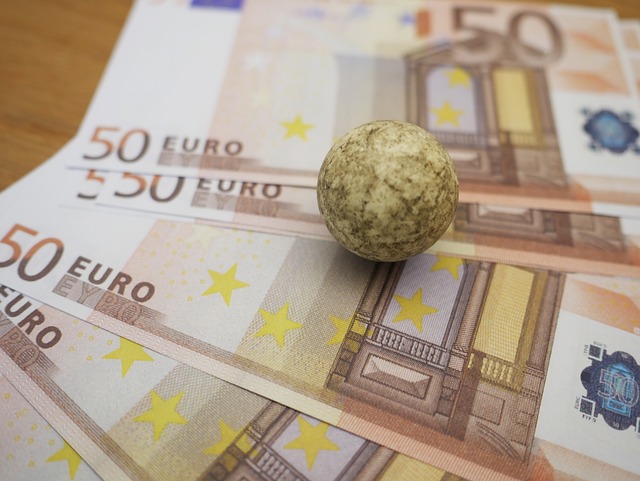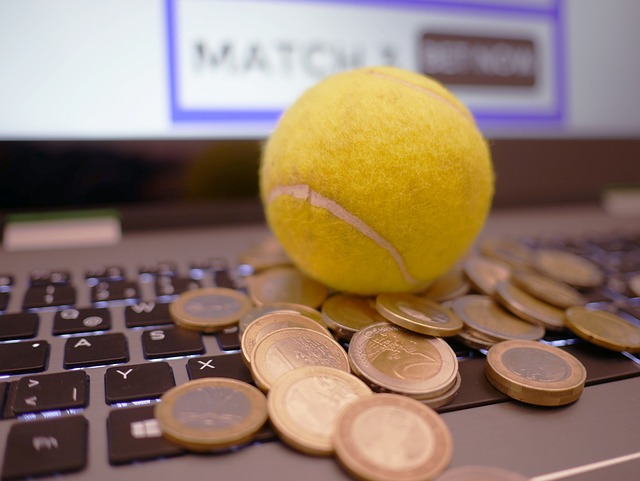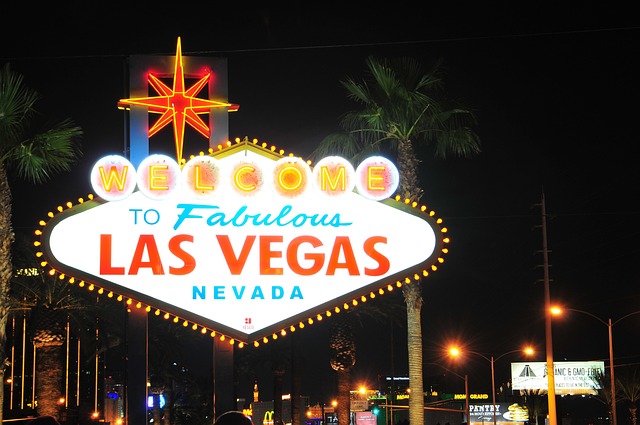Throughout history, art and gambling have entwined in a variety of fascinating ways. The confluence between gambling and art collecting has been reflected not only in the substance of artworks but also in the cultures surrounding them. Painters have portrayed the spheres. Auctions of art conjecture about them. The interaction between the two worlds provides insight into human civilization and ideals.
The Old Masters’ artwork has one of the most vivid depictions of gambling in art. Card games and dice games were frequently depicted in paintings by Caravaggio, Georges de La Tour, and Jan Steen, among others. They emphasized the range of human feelings that gambling might elicit, including stress, joy, and sorrow. The artworks are records of the past. They demonstrate the pervasiveness of betting in various ages and communities.
Art depicting gambling became more prevalent in the 17th and 18th centuries. This paralleled Europe’s growth in gaming establishments and casinos. Not only does the artwork from this era depict gambling as a recreational activity, but it also quietly questions the moral and societal ramifications of gambling. For instance, a famous sequence from William Hogarth’s television series “A Rake’s Progress” is set in a gambling den. The main character throws away his wealth there. This emphasizes the moral teachings on the perils of excess and the capricious nature of fate.
The best place to observe how art and gambling interact in the modern day is during art auctions, which constitute a type of betting in and of themselves. Bettors wager on the worth of art, making predictions about both its present value and its appreciation in the future. With bidders planning ahead and hedging in the hopes that their investments will pay off, the atmosphere at high-stakes auctions can be just as intense and thrilling as it is at any casino.
The globalization of the art market has only increased the speculative nature of art investments. Leonardo da Vinci’s “Salvator Mundi” was sold in a highly publicized manner. At $450.3 million, it sold for a record price. It emphasizes the risk that consumers take. They anticipate an increase in the artwork’s worth. These auctions’ excitement, risk, and huge payoff possibilities are similar to those of betting.
Furthermore, in the current digital era, there are now online platforms that combine gambling, art sales, and betting. For example, websites such as 20Bet provide an advanced interface for betting on a range of markets, including fantasy art leagues and virtual auctions, which appeals to both gamblers and art fans.
In less formal situations, art and betting also collide. These consist of internet games and street art. In these situations, creation and outcome are frequently determined by chance, just like in a gamble. This merging highlights a common element of taking chances that is essential to both the making of art and the act of gambling.
In conclusion, historical interactions between gambling and art provide fascinating new perspectives on how societies are shaped culturally. It is a reflection of shifting perspectives on value, risk, and luck. Both fields are still greatly impacted by these topics. Their long-lasting partnership will probably give rise to even more intricate and subtle interactions down the road as both realms develop further.



